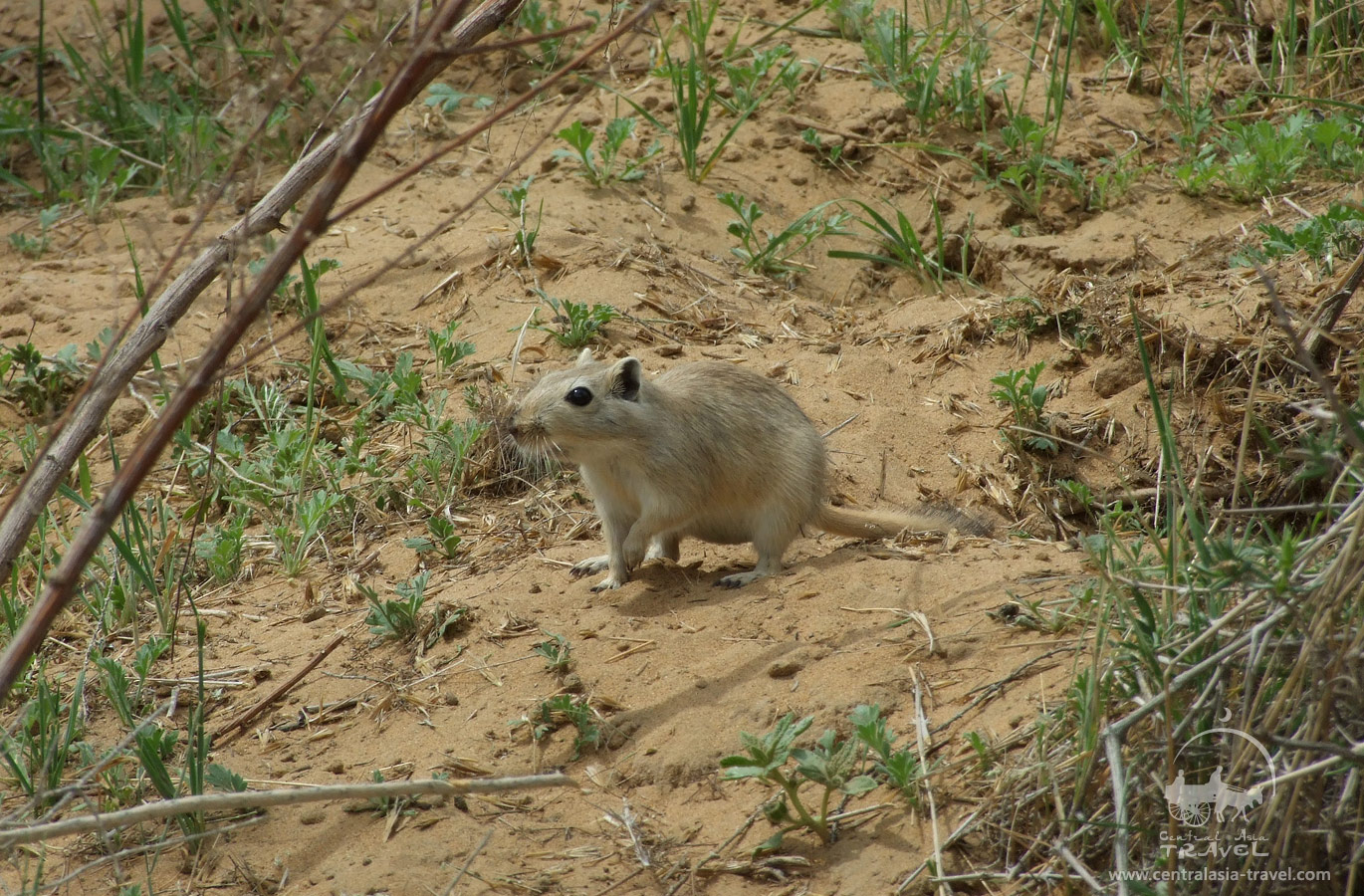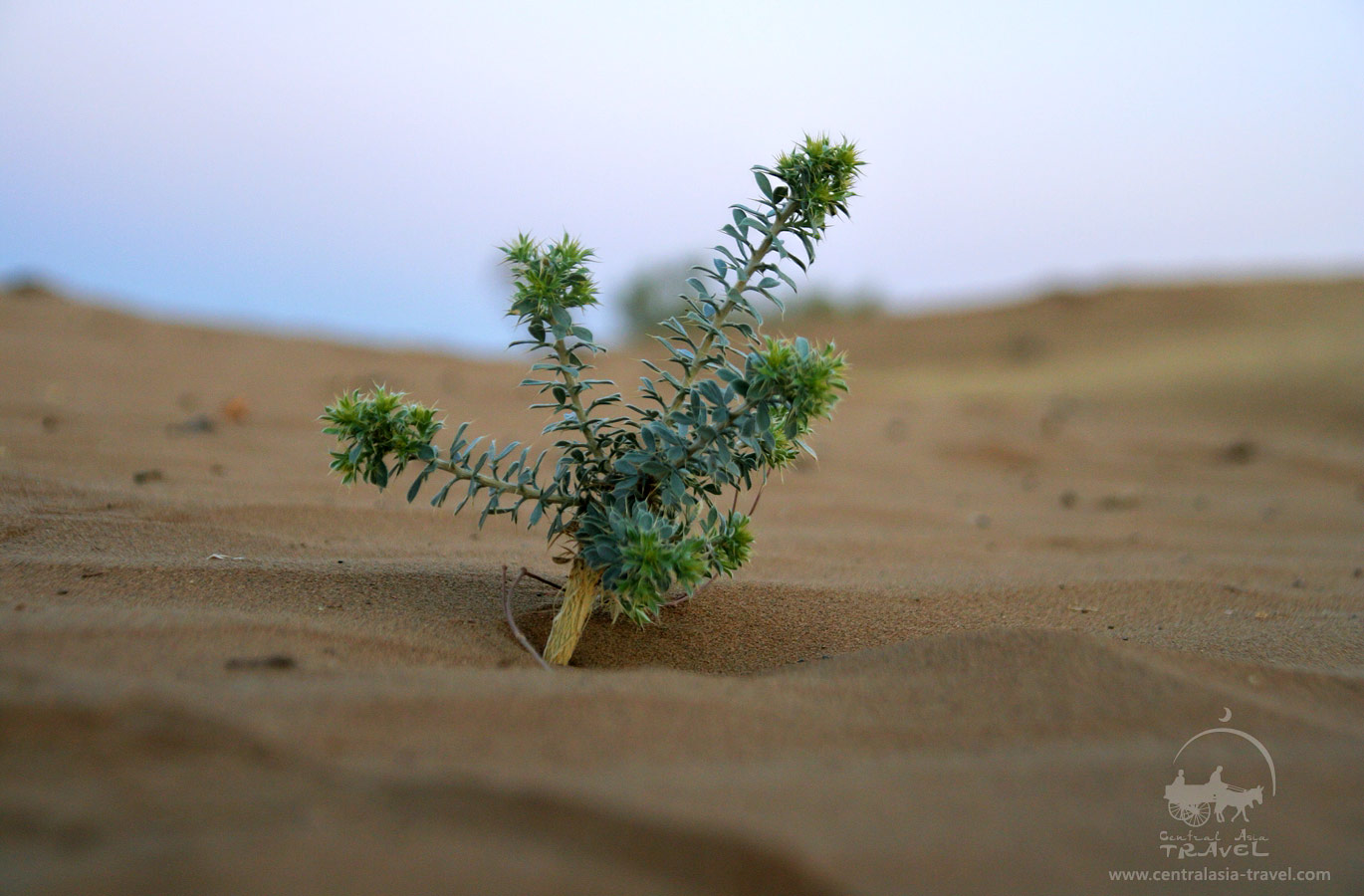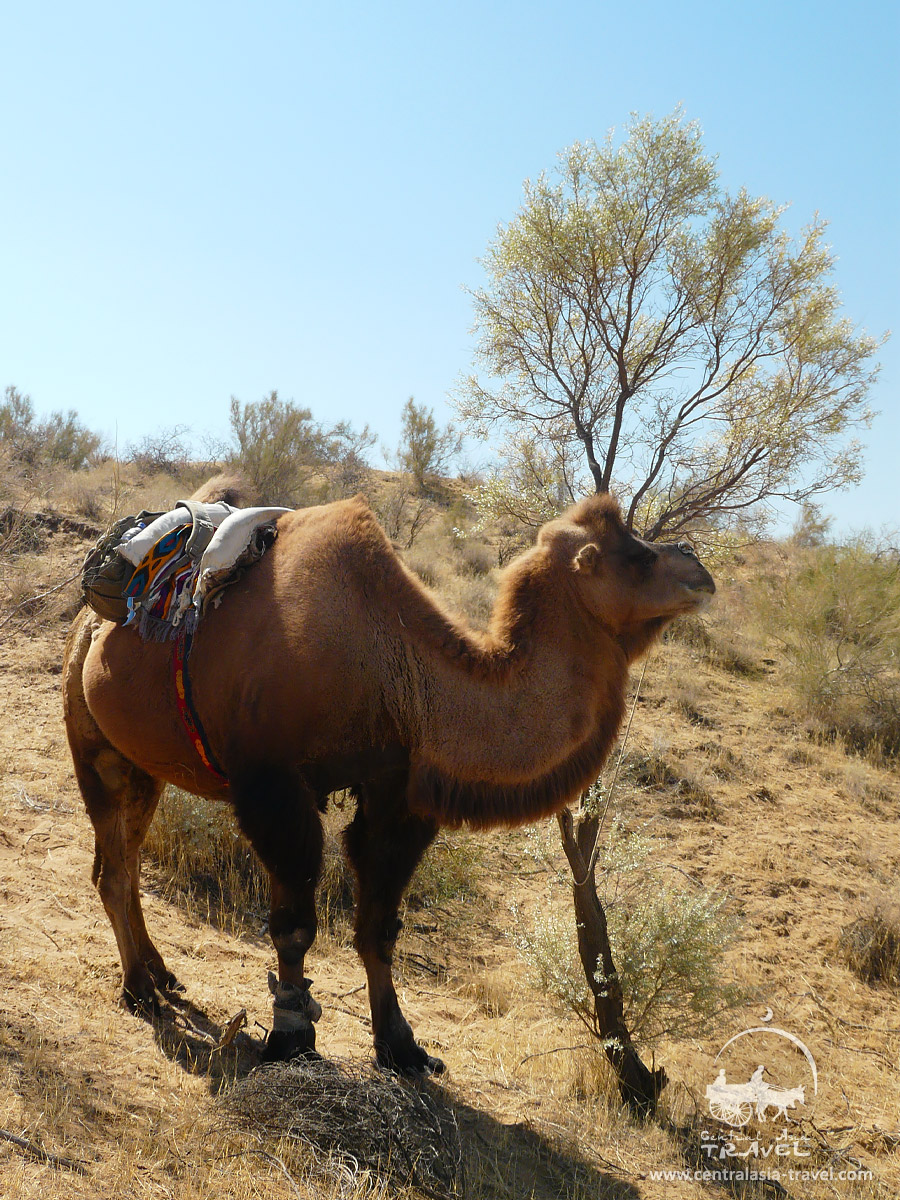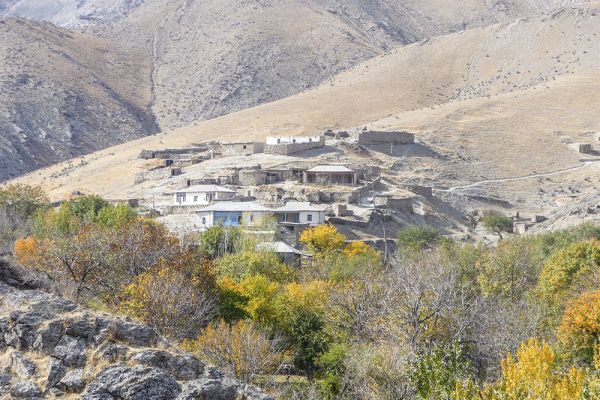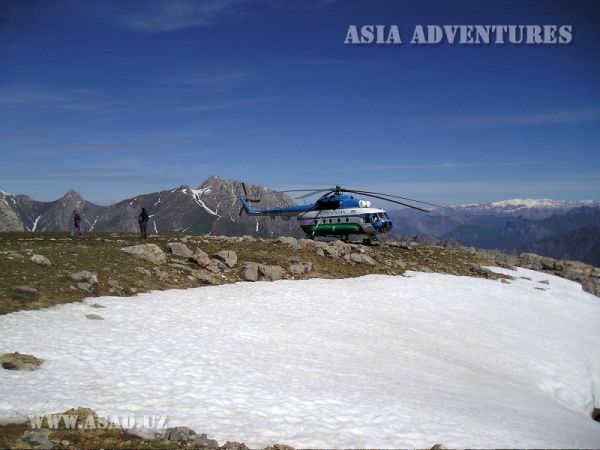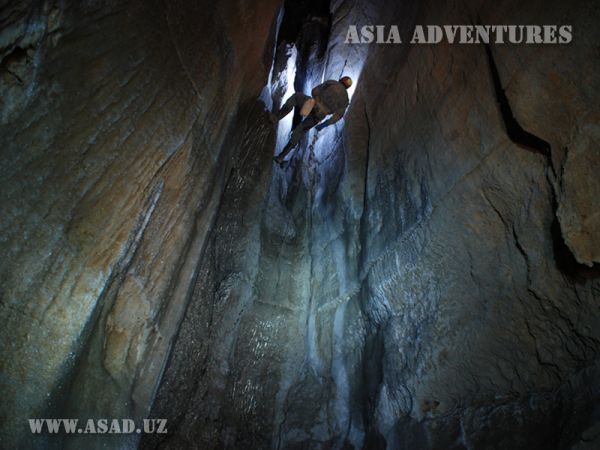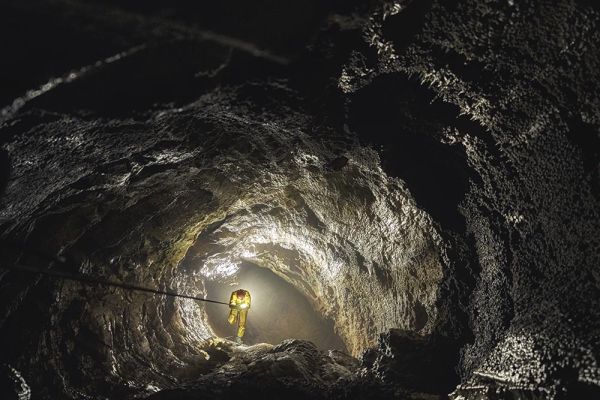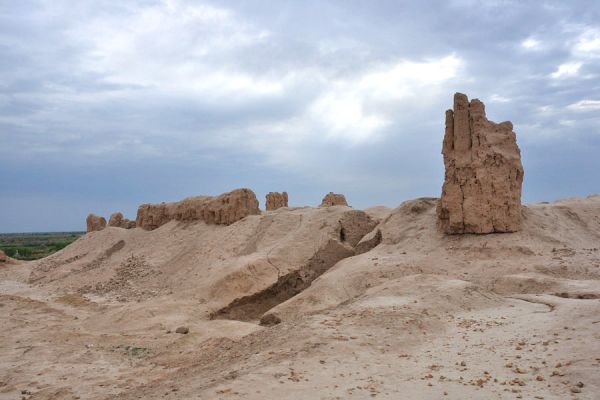Kyzylkum State Tugai-Sandy Nature Reserve
The Kyzylkum State Nature Reserve is located in two administrative districts and two regions of the Republic of Uzbekistan – in Bukhara and Khorezm.
The Kyzylkum Nature Reserve is a unique territory of a combination of Tugai floodplain forest located in the middle reaches of the Amu Darya and areas of a typical sandy desert.
The climate of the reserve is characterized by high dryness of the air, sharp temperature fluctuations, low precipitation, high summer temperatures and relatively low winter temperatures, high evaporation, sparse clouds, prolonged hot summers with strong drying winds.
The floodplain of the Amu Darya in the area of the Kyzylkum Nature Reserve is represented by a large number of islands of various sizes, formed by numerous riverbeds and channels. The Amu Darya River is the main waterway and the main water source for the entire Turanian Plain. The average capacity of its watercourse is 2500 m/sec. The main flood of the Amu Darya is timed to coincide with the summer. Thus, according to observations, the city of Nukus passes 3,400 m /sec in July, or 18.6% of the annual runoff. The Amu Darya is a glacier-snow-fed river. The bulk of its runoff is represented by snowmelt waters. The beginning of the water level rise begins in March. During the summer floods, the waters of the Amu Darya overflow the banks of the main riverbed and form huge floods, accompanied by the formation of many new channels and lakes. The water in the Amu Darya is extremely murky. The average amount of suspended particles is 2.55 kg/m. The width of the riverbed within the reserve is 500-600 m.
More than 148 species of higher vascular plants belonging to 46 families and 110 genera grow in the Kyzylkum Nature Reserve. It should be noted that 40 of the noted species are endemic to Central Asia. There are 11 species of ornamental plants, 28 medicinal, 25 honey-bearing, 39 forage, 2 types of tannins, 4 types of poisonous, 4 types of food and 3 types of industrial plants on the territory of the reserve. Two plant species (Sogdian tulip and Korolkov's eremurus) are listed in the Red Book of the Republic of Uzbekistan.
The fauna of the reserve is quite diverse, because the combination of the river, tugai forest and desert creates favorable conditions for the habitat of both aquatic and near-aquatic species. There are 27 species of fish typical of the Amu Darya in the reserve, among them several species included in both the Red Book of the Republic of Uzbekistan and the International IUCN Red List. These are the great and small Amu Darya pseudopathonoses, the Turkestan and Aral barbel, the Aral thorn, and some others. There are 29 species of reptiles found here. Snakes include gyurza, sandy efa, multicolored, spotted and striped runners, water snake, snake arrow. Lizards include gray monitor lizard, long-eared, sandy, tak-eared and spotted roundheads, steppe agama, gray monitor lizard, sandy, linear, striped and other lizards, geckos and others. The Central Asian land turtle is often found in the reserve.
The bird fauna is diverse, although it is mainly based on migratory birds, since nesting and sedentary birds are represented by a relatively small number of species living within the boundaries of the tugai forest and in the sandy desert. 267 species have been recorded in the reserve in different seasons. White-winged woodpecker, Khiva pheasant, gray or Bukhara tit, ubiquitous magpie, Saxaul jay, ringed and small turtle doves, desert raven, golden eagle, saker falcon are common among sedentary species. Nesting species are represented by a fairly large number of warblers, warblers, crickets, warblers, red-tailed warblers, and nightingales that settle under the canopy of the tugai forest. A rare brown pigeon is also found here, the common turtle dove, cheglok and hawks, the common kestrel, the marsh harrier, the lesser plover, and the carrier nest. The beauty bustard, black-bellied and white-bellied grouse, thick-billed plover, desert warbler, and curlews settle in the desert areas. Among the flying species, pelicans, black stork, small cormorant, white-tailed and long-tailed eagles, steppe eagle and many others should be especially noted.
Mammals are represented by 35 species. Among them, a special place is occupied by the Bukhara deer, which has been successfully re-climatized in the reserve, and currently this species is a prominent representative of Tugai ecosystems. Other species include wild boar and jackal, which have successfully regained their numbers after the creation of the reserve and are now common species. There are also 3 types of wild cats: the steppe cat, the sand cat and the chaos or reed cat. There is evidence of caracal sightings. In winter, wolves enter the reserve. In the desert areas, the karaganka fox, tolai hare, baldric, badger, and steppe polecat are common. There are also numerous gerbils here – large, midday, tamarix, thin-toed ground squirrel. A long-eared hedgehog is common on the territory of the reserve. Among other ungulates, the jeyran should be noted. Saiga antelopes also came here during the winter migrations.
